Any motorist who appreciates his four-wheeled friend and makes sure that everything in it is in perfect condition knows that the choice of oil is far from last. For many, it is considered the norm to fill in the first composition that comes across, without paying special attention to viscosity, classification and other equally important criteria. However, nneglect of the selection of fuels and lubricants leads to rapid engine wear.

Content
What functions does
The lubricant consists of a mixture of base oil and various additives. The composition of the base includes a certain number of elements that give it the required properties. The result depends on the base used: synthetic, semi-synthetic or mineral. The use of additives improves the quality of the main characteristics of the base component (viscosity, etc.), and also allows you to perform a number of specific tasks (washing deposits, protective function, restoring, etc.). The modern market dictates high requirements to manufacturers, because of this, they are forced to add certain additives for each brand, which significantly improve the quality.
It was originally used as a lubricant for the crankshaft journal, and also removed wear products and excess heat in the power unit. In the future, it began to be fed to the timing, and cylinder lubrication was implemented.
Today it practically plays the role of a hydraulic fluid that fills all mechanisms and units. The lubricant forms an oil film that envelops the contacting parts, thereby preventing dry friction. In addition, such a film provides protection against rust and minimizes exposure of parts to various kinds of chemicals used in work.
The oil has 5 main functions:
- Lubrication of the components of the power unit.
Depends on viscosity. The main goal is to reduce the friction coefficient as much as possible. When the drive is started, it spreads through the system forming a thin film. This is possible due to the viscosity and special additives. The protective layer contributes to the long life of the parts, which in turn leads to an increase in productivity and a decrease in fuel consumption.
It is selected according to the recommendations of the vehicle manufacturer. The choice is made based on SAE, the most common 10W-40. The viscosity index affects the behavior of a substance at high and low temperatures. The higher the characteristic, the less fluctuations with temperature changes.
- Cooling.
An essential feature for any vehicle. The statement that only the coolant is responsible for this is not entirely correct. The oil is in direct contact with hot parts. It must absorb heat from the pistons, bushings, crankshaft, or turbocharger rotor.
When interacting with heated surfaces (100 - 250 C and above), it reduces the temperature of the drive, taking the excess into the oil pan.Leading car manufacturers install an oil pan for better cooling.
- Sealing moving parts.
It depends on the viscosity. The lubricant acts as a sealant in the cylinder-piston ring-piston system. This is necessary so that the engine maintains full compression and does not drop power.
- Cleaning.
The products of internal combustion leave behind metal particles, dust, tar, soot and unburned fuel residues. All this settles on the surface and forms a rough structure that scratches the cylinders and renders it unusable.
Oil with good cleaning properties should pick up all debris on contact and distribute it so that there are no large accumulations. For this, two-level filtration has been thought out. A pallet is used as the first level, and a filter acts as the second. It is effective against any degree of pollution. Gradually, the quality of the oil and filter deteriorates. This indicates the need to replace them. Experts recommend it to be carried out every 10-20 thousand km.
- Corrosion control.
Elements made of non-ferrous metals oxidize over time. This is prevented by special additives that increase alkalinity and neutralize acidic combustion products.
A special film is formed on the main components, preventing contact with water, oxygen and other hazardous substances. The layer should be as strong and stable as possible.
What are
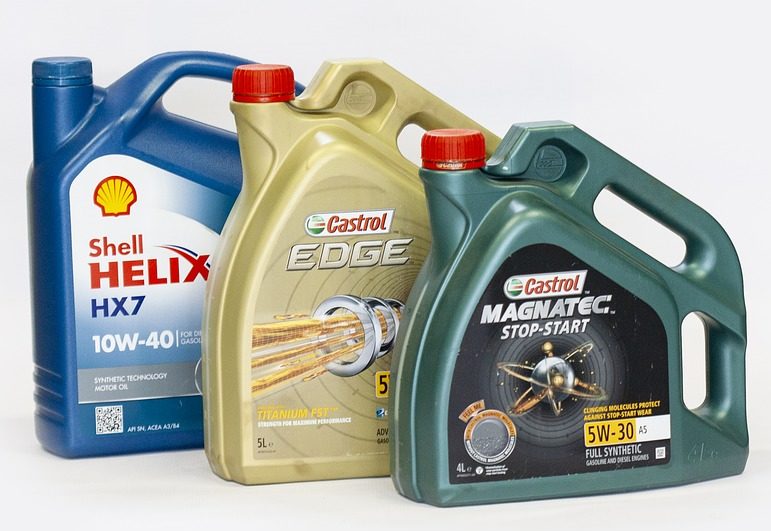
In specialized retail outlets and online stores, oil is presented in a wide range. There are 4 main groups. The basic difference according to which a lubricant belongs to one or another group is in the oil base.
Mineral (oil)
Obtained from oil. It is purified and distilled. They are divided into aromatic, naphthenic and paraffinic.
Due to the simple manufacturing technology, the product received a low cost in comparison with others.
The main difference lies in the structure of the carbohydrates included in the oil base. The paraffin group is characterized by high lubricating qualities. The quality of the product is determined by the percentage of sulfur, which affects the oxidation state. The optimal indicator is not less than 1%. This indicates the possibility of its use for a long time.
They contain a large number of additives that stabilize the base. Despite this, the acquired beneficial properties are rapidly lost.
When purchasing "mineral water", you should remember that it requires frequent replacement. Recommended for use with minimal vehicle loads.
Long-term operation of the engine with no load, low quality of gasoline, high level of dustiness, the thermostat often triggered due to overheating, all this negatively affects the duration of operation of the "mineral water". In most cases it is used in old carburetor machines. Since due to its high viscosity, it reduces the risk of leaking oil seals and gaskets, and even reduces the consumption of lubricant.
Synthetic
To obtain the base, directed chemical synthesis is used. In this case, the raw material is subjected to distillation and further processing to basic molecules. In this way a base oil is obtained. The necessary additives are added to it,
Low viscosity allows better passage of lubrication channels and more effectively reduces friction between parts and main units. Forms a stable film at high and medium revs to protect the engine, slightly increase power and reduce fuel consumption.
"Synthetics" is well adapted to low and high temperatures, practically does not form carbon deposits, efficiently flushes out accumulated dirt and does not freeze in frost.
Stable properties, long service life, impossibility of oxidation are the main qualities that can be characterized by "synthetics". But because of this, the oil is significantly more expensive than its competitors. Recommended for use in sports cars, engines subject to high loads and those who live in regions with harsh continental climates.
Semi-synthetic
The group has incorporated the properties of the types described above. The basis is synthetic and mineral raw materials of a high quality level in a certain ratio. There are no strict regulations that oblige manufacturers to use these or those ratios. This led to the emergence of various formulation variations on the market. Semisynthetics have low viscosity, oxidation percentage and fewer additives compared to their pure competitor. This entails difficulties when starting in winter, as well as a higher percentage of waste in summer. The main advantage of the group is that they are more accessible to the consumer.
There are several groups: summer, winter and all-season. Orientation to the seasons allows you to smooth out the acquired disadvantages (to facilitate the cold start in the winter cold, to reduce the percentage of overheating in the hot season). But this forces the consumer to change oils more often, since violation of the recommendations will entail problems with the engine.
Semi-synthetics are a universal group used in all types of engines. Due to its ability to fill gaps in the cylinder surface and smooth out irregularities, it is recommended for used vehicles. It can be used for engines with high liquid losses due to evaporation, reduces consumption.
Hydrocracking
Has a fundamentally different technology for obtaining the base. The mineral base is combined with a synthetic molecular method. The result is radically different from natural and has properties similar to synthetics. Hydrocarbons are aligned by rearrangement of atoms. As a result, isomers are formed. Reverse polymerization accelerates aging and loss of lubricity. It is recommended to change every 7-8 thousand km. The main advantage of this type of product is its low cost. A good alternative to synthetics at an affordable price. The environmental friendliness of the product is noted. This is due to the fact that no toxic solvents are used in the manufacture. The grease is distributed with a mark on the container "HC-Synthese". The product is suitable for any type of engine.
How to choose
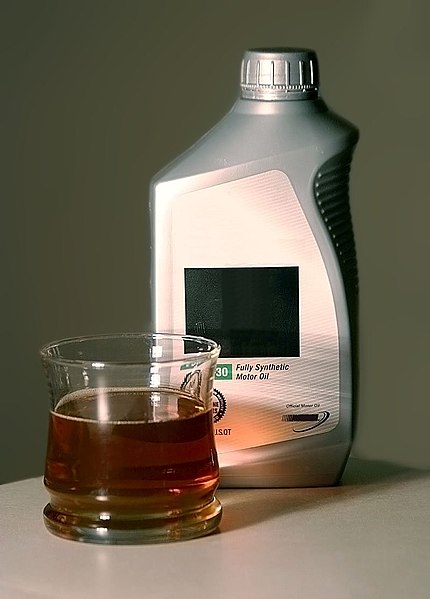
The choice of oil is not as easy as it might seem at first glance.
- Manufacturer's recommendations. First, they study the manual. It indicates the recommended viscosity. Service class according to API, ACEA, ILSAC. If service documentation is not available, it is preferable to consult a specialized service center.
- Viscosity. One of the most important parameters is indicated on the package in large print. SAE certified - 2 digits. The first characterizes the behavior of a substance in winter (0W, 5W, 10W, 15W, 20W). The lower the indicator, the better, as it is able to withstand the most severe frosts. For the middle band, the optimal value is 5W. The second means the highest temperature that the oil can withstand (8, 12, 16, 20, 30, 40, 50, 60). Requirements vary by manufacturer. There are engines designed for lubrication with low rates. In most cases, 40 is optimal.
- API. According to the marking, the first letter denotes the purpose: S - gasoline, C - diesel. The second letter represents the quality level. The further it is from the beginning of the alphabet, the better. It is selected primarily based on the service documentation of the car.
- ACEA. In this type of marking, the first letter A is a gasoline engine, B is a diesel engine, C is a low ash oil, E is a diesel engine operating in difficult conditions.
- Supplements. They improve and stabilize the performance of the lubricant. With their help, they maintain high lubricating performance, reduce carbon deposits, sludge and minimize the harm received from them. There are several groups of additives: viscosity index optimizers, cleaning components, friction modifiers, dispersants, antiwear, corrosion and friction inhibitors, antioxidants and pour point depressants. They should not be overly carried away, as you can achieve the opposite result: increase fuel consumption, reduce the efficiency of the catalytic converter.
Best Motor Oils for Diesel Car Engines for 2020
CHAMPION Diesel Oil 10W-40 1 l
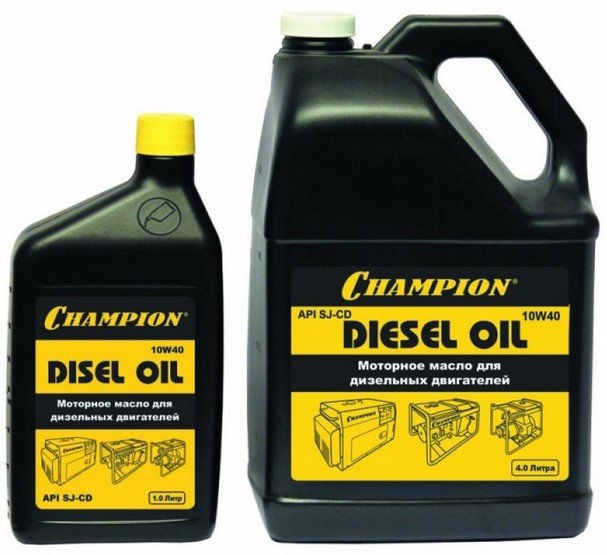
To create it, a mixture of various mineral bases with high viscosity and the best additives was used. Its use leads to a decrease in fuel consumption. The lubricant reliably protects critical parts from premature wear and corrosion in all operating conditions.
Advantages:
- reduced fuel consumption;
- suitable for diesel and gasoline engines;
- affordable price.
Disadvantages:
- short service life.
Gazpromneft Diesel Extra 10W-40 20 l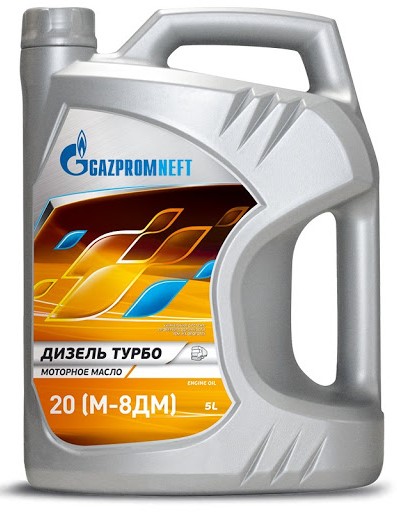
Semi-synthetic diesel engine - designed for Euro 2 engines and special equipment that requires a quality level not lower than API CF-4. The brand is famous for its scrupulous approach to raw materials used as a base and additives.
Advantages:
- does not oxidize;
- reduces the negative effects of soot;
- the oil film on the surface of the parts can withstand temperature fluctuations;
- high quality cleaning properties.
Disadvantages:
- not suitable for every engine.
ENEOS Premium Diesel CI-4 5W-40 4 l
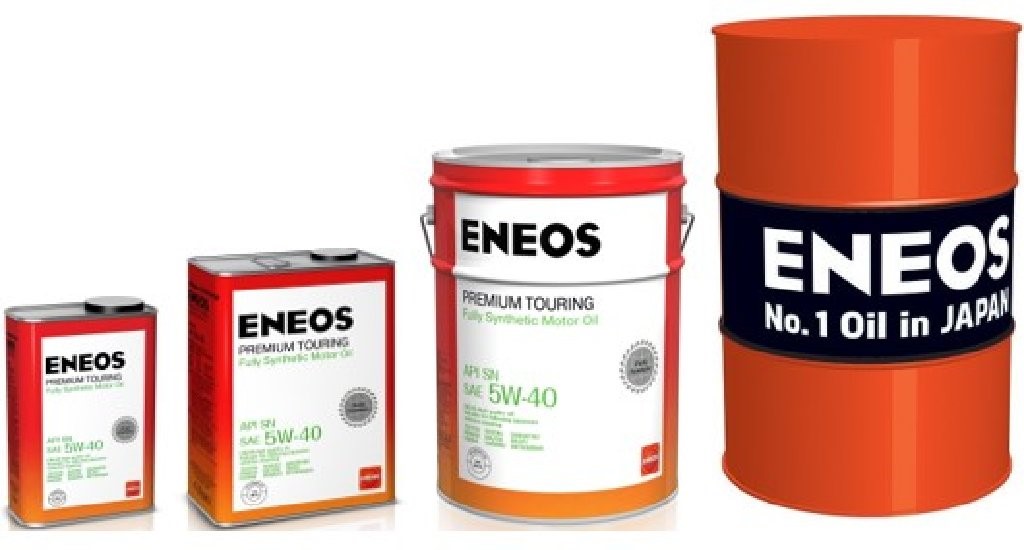
Synthetic oil from South Korea, diesel engine oriented. A good solution for domestic and foreign cars. Designed for a long service life, efficiently copes with heavy loads. Due to the large amount of additives, it has high antioxidant and detergent properties. Approved by such leading car manufacturers as MAZDA, Nissan, Toyota.
Average price dynamics
Advantages:
- has all quality certificates;
- the product line covers a wide range of possible temperatures;
- cold start is not difficult;
- environmental friendliness;
- does not coke.
Disadvantages:
- high price;
- practically not common in the domestic market.
SHELL Helix Ultra ECT C3 5W-30 4L
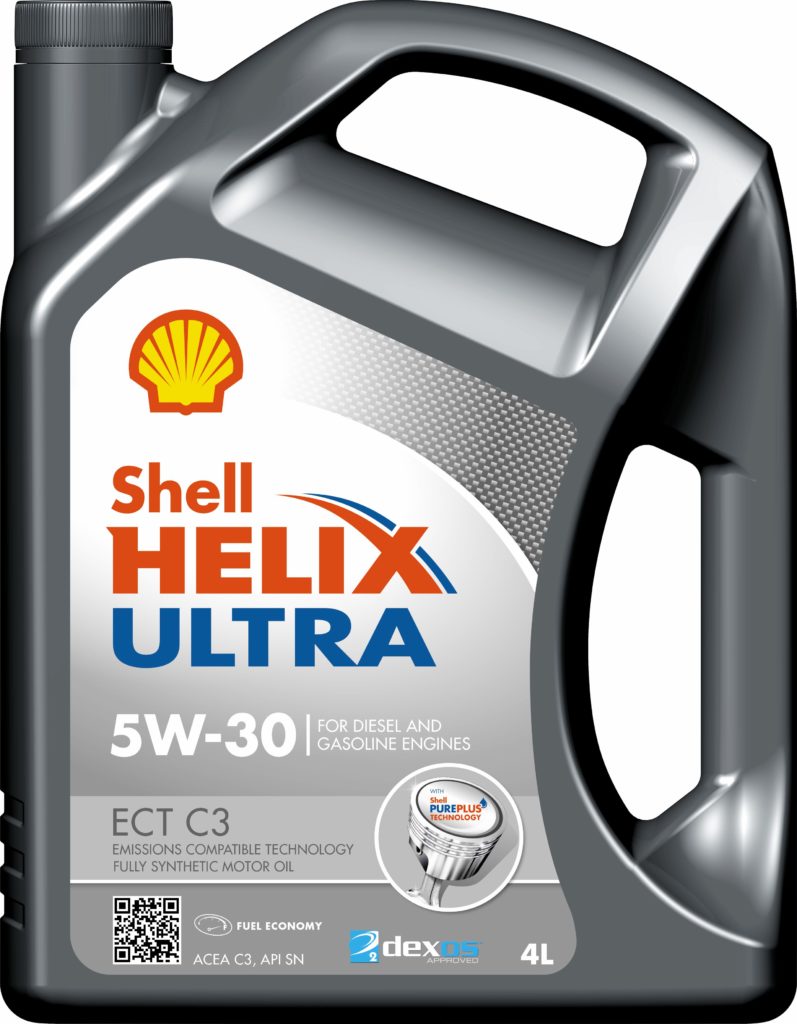
Synthetics.
Shell Helix Ultra is a versatile line of products for diesel and gasoline engines. For the manufacture, the best base and additive package were used to obtain the required qualities. The consumer needs a lubricant that ensures efficient operation of the engine under all conditions, as well as positively affects its performance and service life. Taking into account the latest market trends, the company has developed a fundamentally new technology for creating a base. Shell PurePlus is an innovative development that uses natural gas. The base comes out crystal clear without impurities, which are characteristic of petroleum bases.
Average price dynamics
Advantages:
- versatility;
- Reducing exhaust emissions by keeping particulate filters clean
- low viscosity and coefficient of friction reduce fuel consumption by 1.7%.
Disadvantages:
- overcharge;
- often counterfeited;
- after 5 thousand km of run, a decrease in viscosity is observed.
LUKOIL Genesis Advanced 10W-40
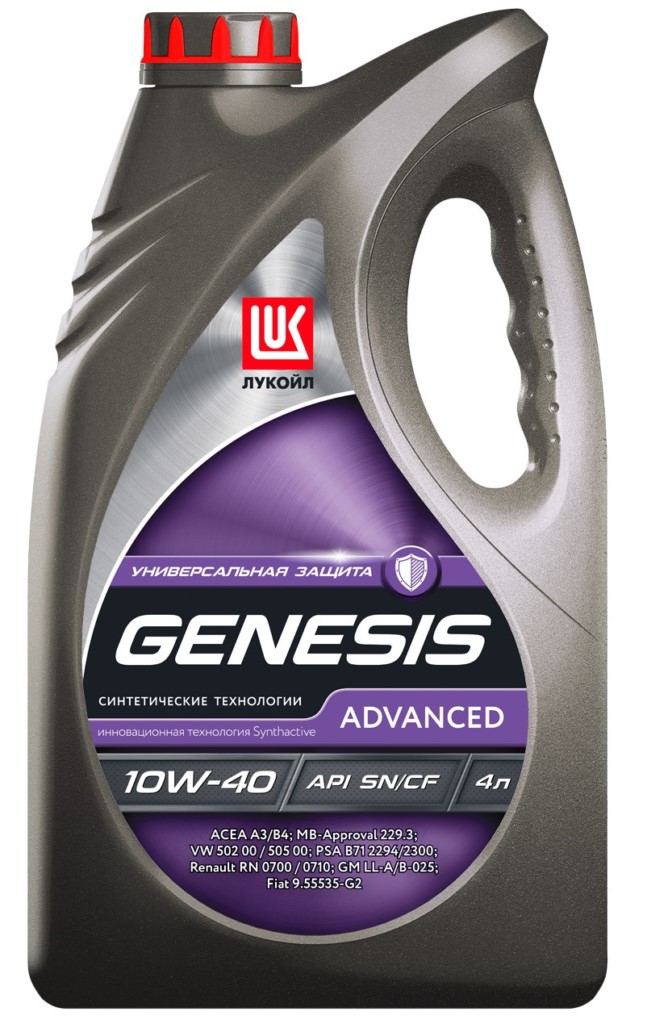
Synthetics.
All-season product from a leading manufacturer for diesel and gasoline engines. During the manufacture, advanced technologies were used to ensure high anti-wear performance and a long service life.
Average price dynamics
Advantages:
- high grades according to the classification, API SN;
- perfect protection against wear in the most difficult conditions;
- synthetic base provides quick start at low temperatures;
- a large percentage of additives provide long-term operation;
- detergent and dispersant properties do not decrease with aging.
Disadvantages:
- the price is above average.
Motor oils for gasoline vehicles
IDEMITSU 5W-30 SN / GF-5 4 l
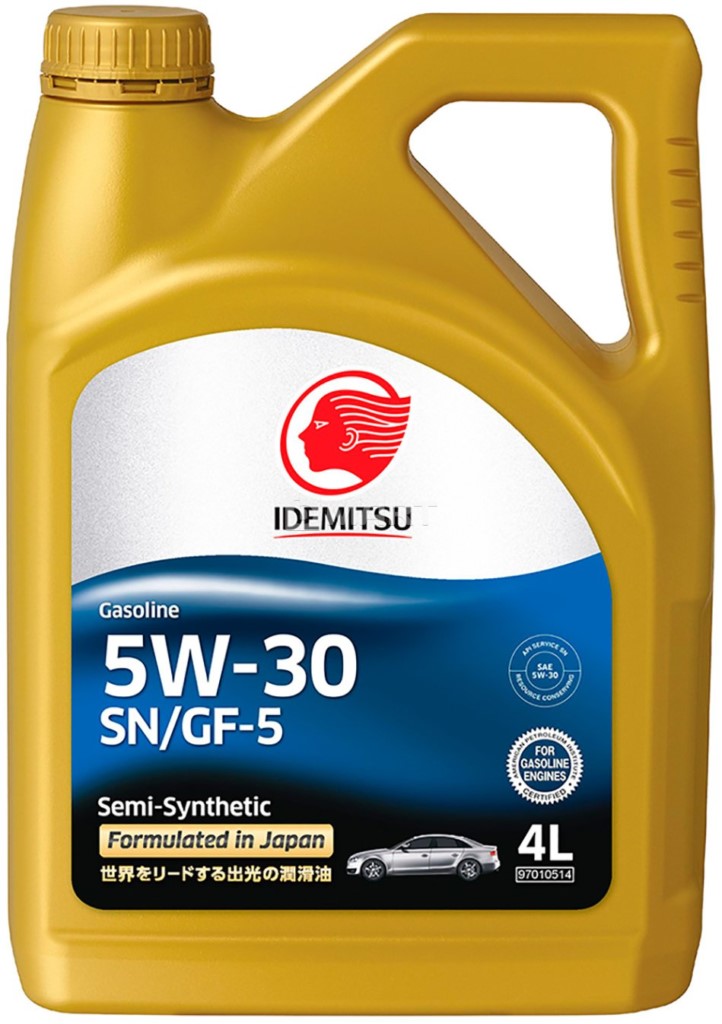
Semi-synthetic oil.
The grease has a VHVI synthetic base. Hydrogenation reforming has completely removed all unwanted impurities. Thanks to this, the product has the best physical and mechanical properties. Has ILSAC GF-5 certification. To obtain it, it is necessary to meet a number of stringent requirements (start-up in severe frosts, high-quality engine cleaning, fuel efficiency, etc.).
Average price dynamics
Advantages:
- the viscosity is at the highest level;
- maintaining fluidity during frost ensures uninterrupted start-up;
- protects pistons from carbon deposits;
- the oil film remains stable at temperatures above 100C.
Disadvantages:
- high price.
TOTAL Quartz 9000 Future NFC 5W-30 4 L

Synthetic oil.
The product of the Belgian company is focused on turbocharged multi-valve engines with direct injection. It perfectly copes with the task, despite the severity of the conditions in which it is operated (city traffic jams, highway, cold start in winter). Strong oil film withstands high temperatures.
Average price dynamics
Advantages:
- fuel consumption is reduced by 3%;
- detergents and dispersants clean the engine from premature wear and dirt deposits;
- extension of the interval between oil changes.
Disadvantages:
- focused on cars with a year of manufacture no later than 2000;
- under load, consumption increases.
ZIC X5 10W-40 4 l
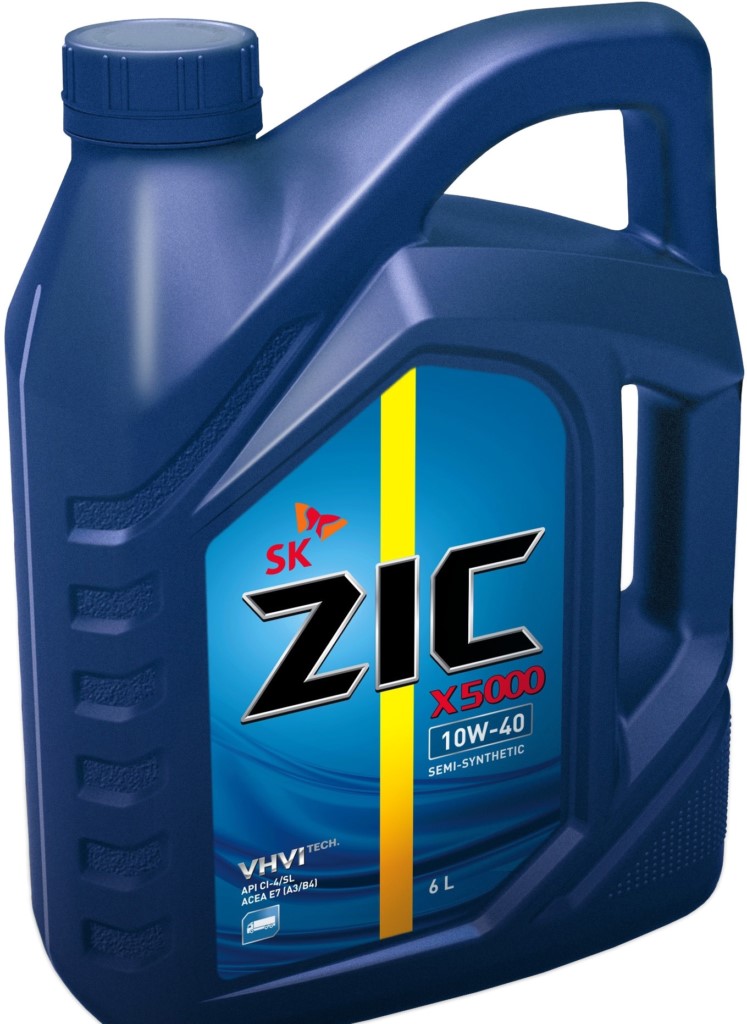
Semi-synthetics.
Universal all-season lubricant with high oxidation stability and protection under extreme stress. It replaced the A 10W-40.
Manufactured in Korea on the YUBASE mineral base with an admixture of synthetic additives and additives from leading brands. The low percentage of phosphorus and sulfur content significantly extends the operating time.
Average price dynamics
Advantages:
- affordable price;
- effectively combats the formation of soot and sludge;
- antifriction modifier that reduces friction;
- environmental friendliness;
- resistance to oxidative processes and thermal destruction;
- anti-corrosion resistance.
Disadvantages:
- plastic containers;
- often counterfeited;
- there are problems with cold start.
Mannol Molibden Benzin 10W-40 4 l
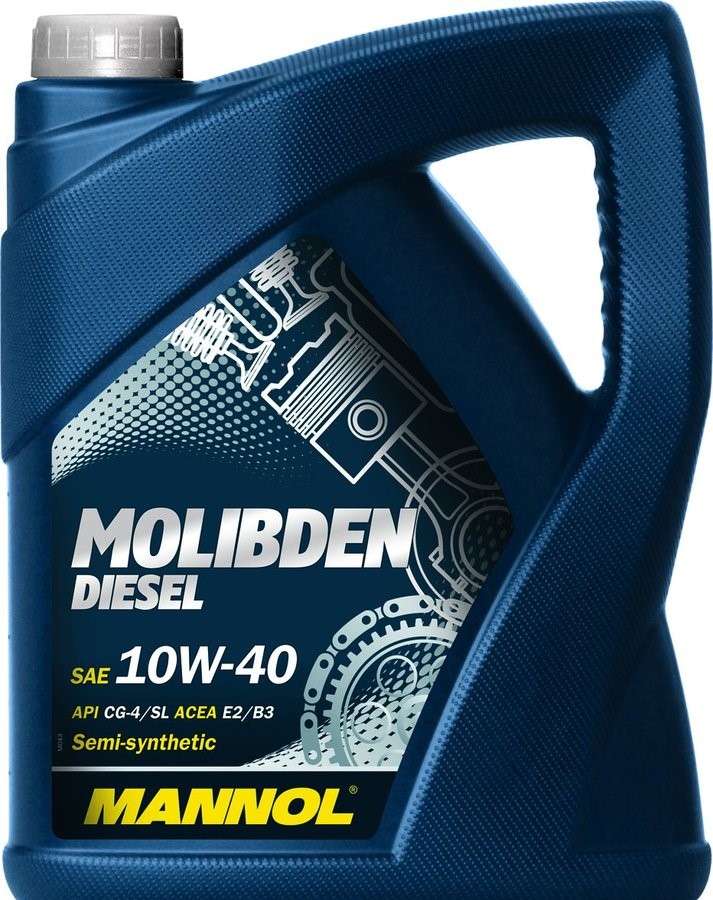
A versatile semi-synthetic product originally from Germany. As a basis, high quality base oils with a carefully selected ratio of additives were taken. The highlight of the product is the addition of a compound of molybdenum disulfide. It creates a highly durable film that can withstand extreme loads. The additive reduces friction and helps smooth damaged surfaces, as it fills in microcracks.
Average price dynamics
Advantages:
- does not oxidize;
- increased oil change interval;
- constant viscosity throughout the life of the lubricant;
- the minimum percentage of consumption for waste.
Disadvantages:
- possible problems with cold start in winter;
- not the best option for older types of engines.
MOBIL 1 ESP 5W-30 4 l
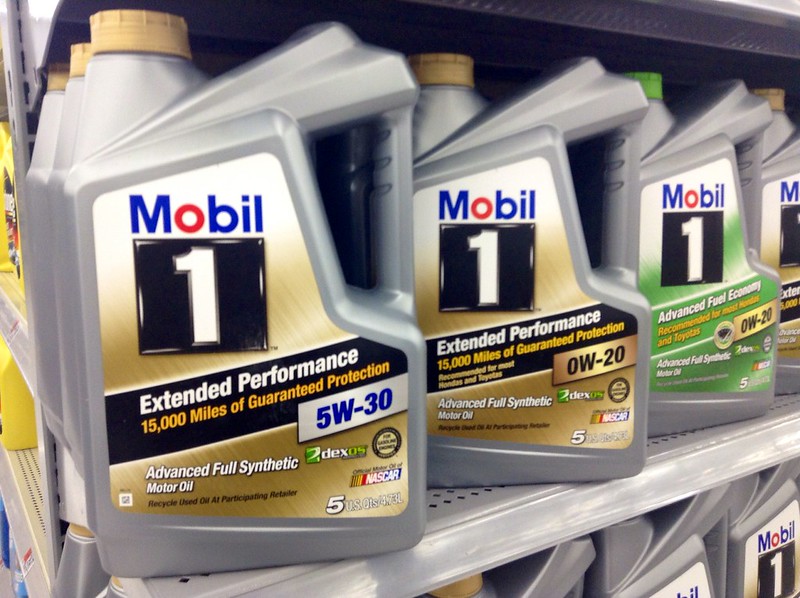
Synthetics.
A product from a company originally from Finland that needs no introduction. In the manufacture of a patented set of additives that maximize engine performance and complete protection against premature aging, even in extreme conditions. During a cold start, the grease penetrates into all the necessary components in a matter of seconds and provides protection from the first seconds.
Average price dynamics
Advantages:
- low volatility;
- minimal contamination of particulate filters;
- minimum percentage of sulfur and phosphorus content;
- low percentage of sludge formation;
- reduces the toxicity of exhaust gases;
- significantly exceeds the requirements for the quality of engine oil.
Disadvantages:
- high price;
- often counterfeited;
- after 10 thousand km. mileage loses its properties
The market is full of various luxury and budget brands. It's easy to get lost in all this diversity. The top includes the best representatives who have proven themselves on the positive side and are trusted by many consumers.












